Picture Section

The periodic table of the elements exposes the differences between—and similarities among—the 94 naturally occurring components of the material world, as well as the 24 (at present) artificially produced elements.
National Library of Medicine
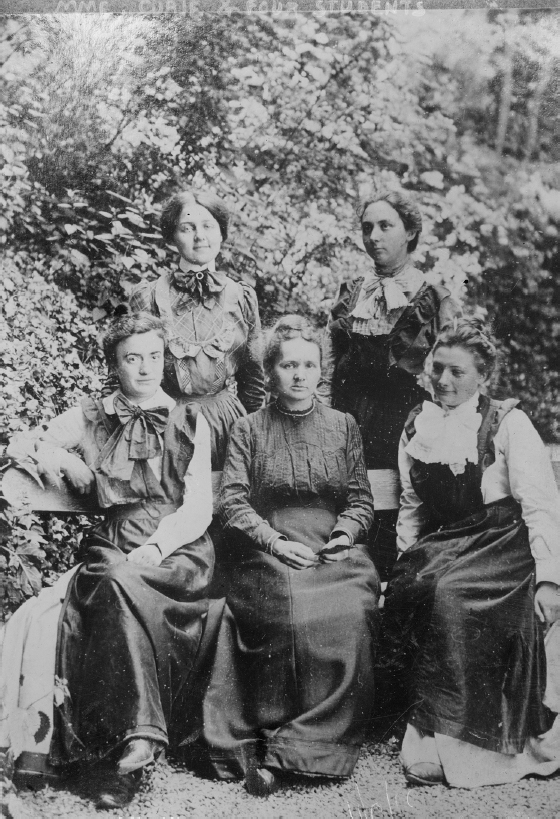
Mme. Curie (seated, center) taught a physics class at Paris’s best school for aspiring female teachers, the École Normale Supérieure d’enseignement secondaire de jeunes filles at Sèvres. Her star pupil, Eugénie Feytis (standing right), later became the school’s director. The others in this 1901 photo are mathematician Anna Cartan (seated left), Marthe Baillaud (seated right), and Madeleine Routaboul.
Library of Congress
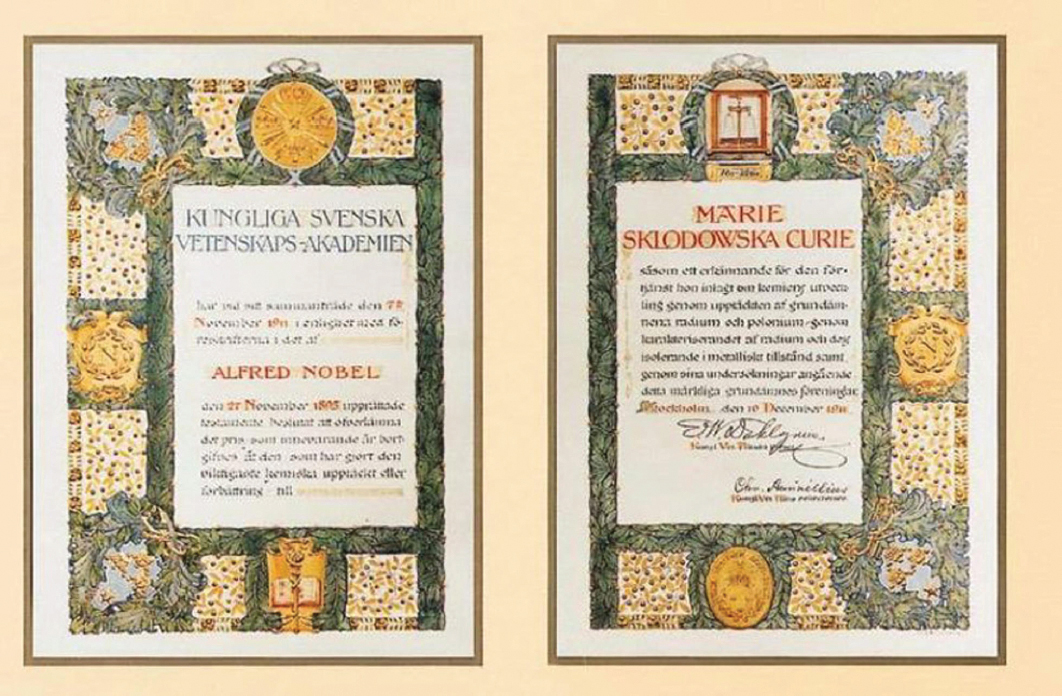
Marie Curie received this citation along with 200,000 francs and a gold medal naming her the 1911 Nobel laureate in chemistry.
UtCon Collection / Alamy Stock Photo

Ernest Rutherford, 1908 Nobelist in chemistry
Wikimedia Commons
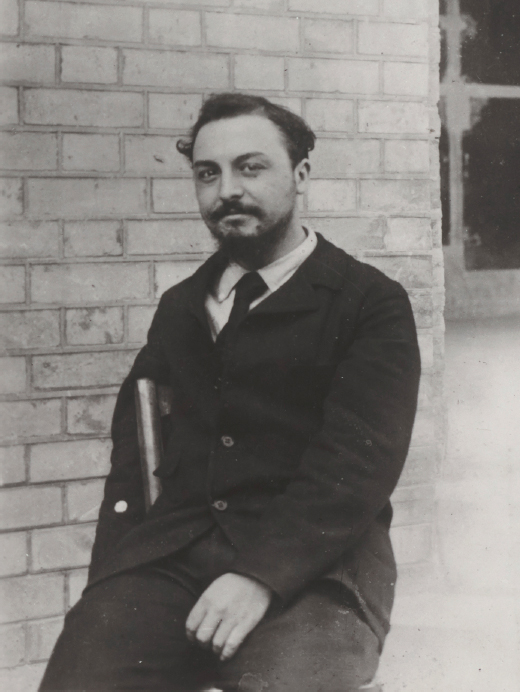
André Debierne, discoverer of actinium
Musée Curie (coll. ACJC)
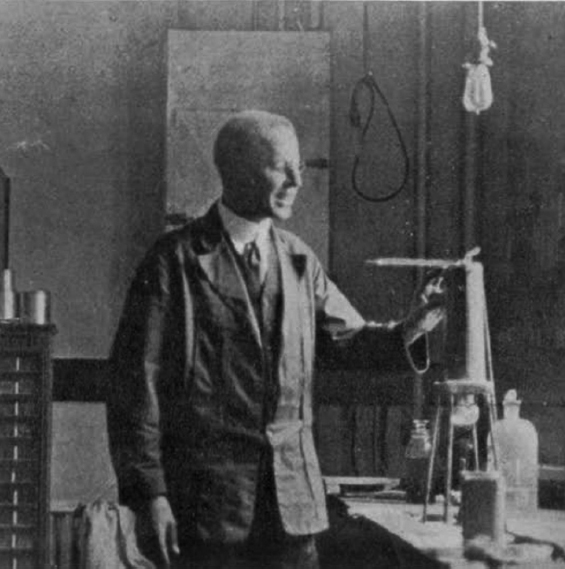
Bertram Boltwood, radiochemist at Yale
History and Art Collection / Alamy Stock Photo
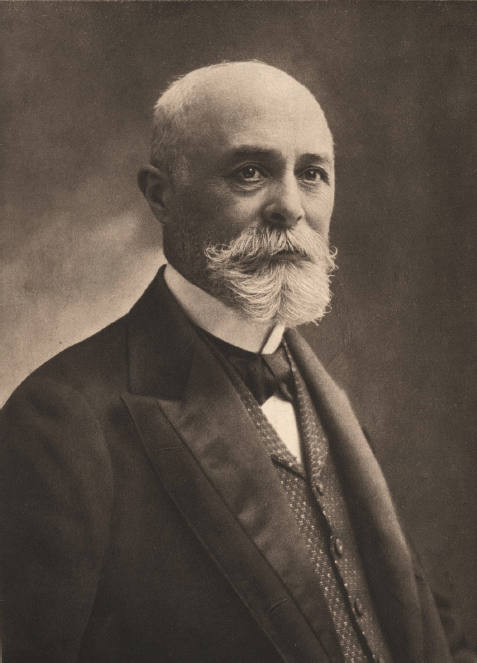
Henri Becquerel, 1903 Nobelist in physics (with the Curies)
Smithsonian Libraries and Archives
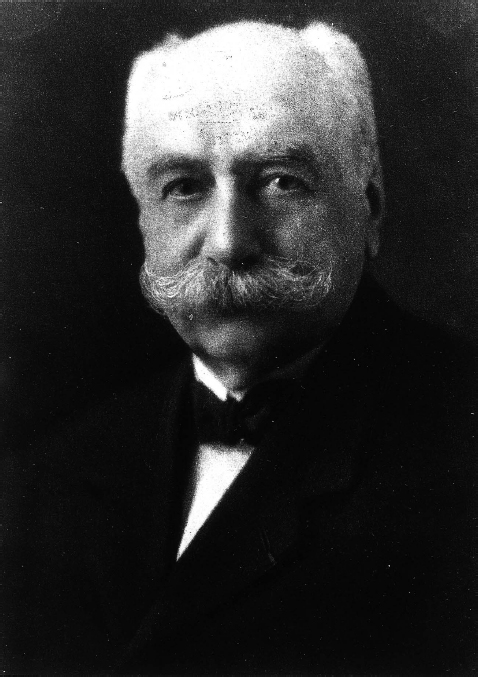
Émile Armet de Lisle, founder of Sels de Radium
Musée Curie (coll. ACJC)

Dr. and Mme. Eugène Curie with their two sons, Pierre (at right) and Jacques.
Musée Curie (coll. ACJC)
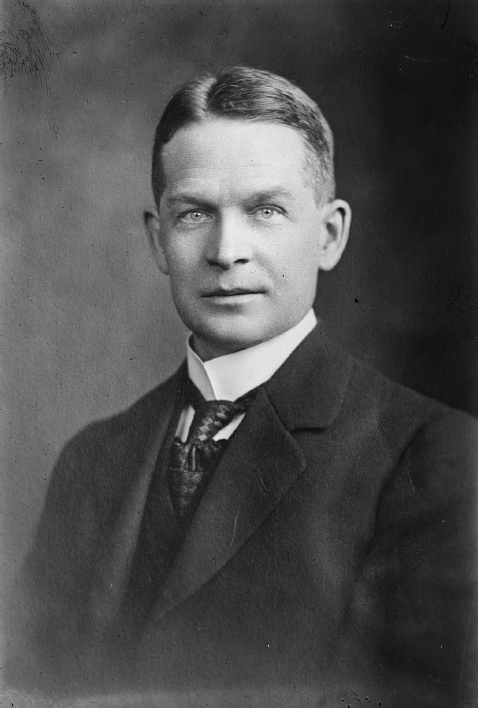
Frederick Soddy, 1921 Nobelist in chemistry
Wikimedia Commons
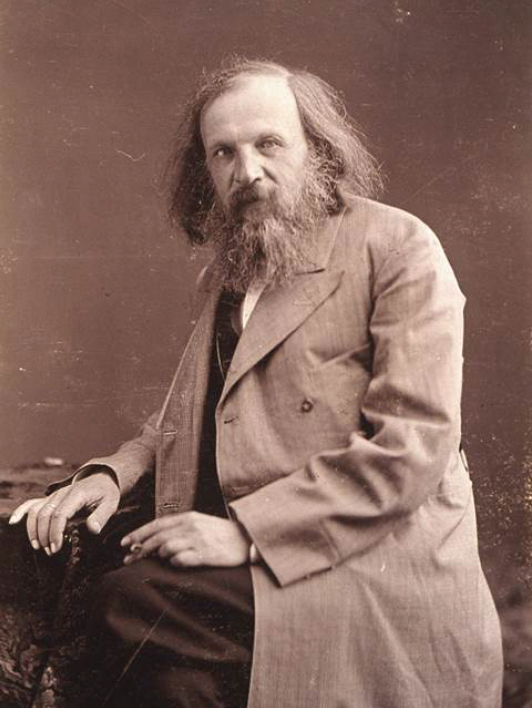
Dmitri Mendeleev, creator of the periodic table
Wikimedia Commons
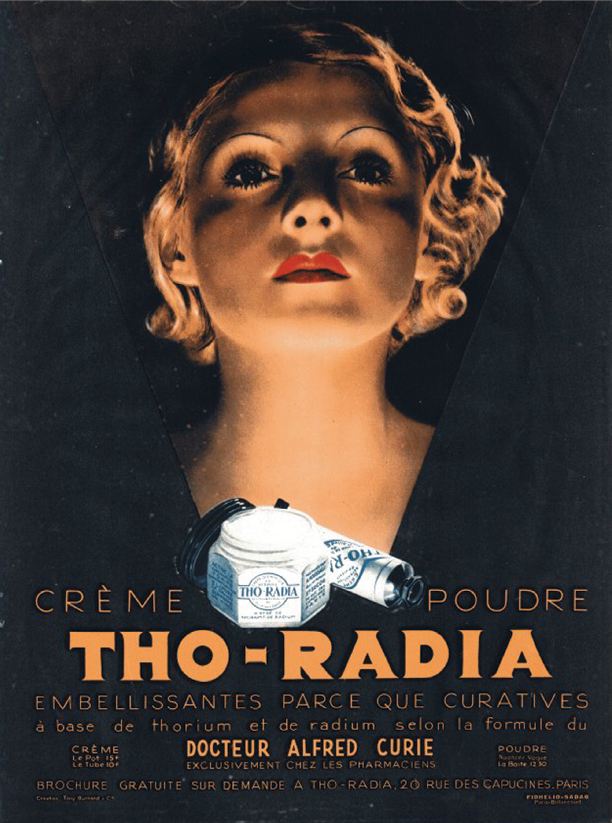
The marketers of Tho-Radia cosmetics promised youthful beauty from radioelements—a spurious claim backed by the fictitious authority of “Dr. Alfred Curie.”
Courtesy of the National Museum of Nuclear Science & History
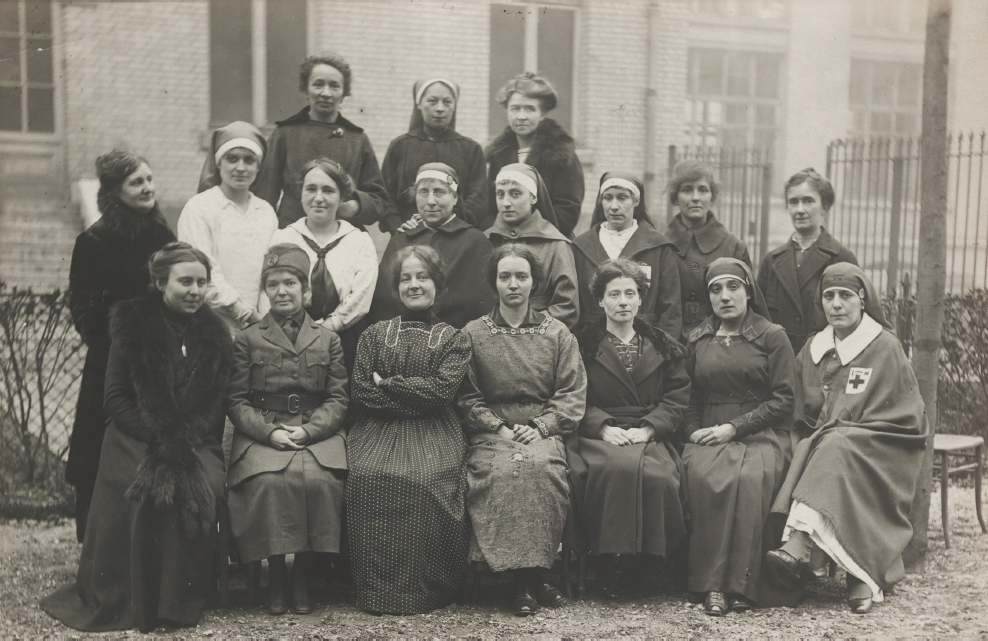
This 1917 class of “manipulatrices,” or X-ray operators, took instruction at the Radium Institute from Marthe Klein, Irène Curie, and Suzanne Veil (seated third, fourth, and fifth from left).
Musée Curie (coll. ACJC)

The nine-going-on-ten-year-old Irène, on vacation with relatives at the shore, assured her mother that she was trying her best to master the addition of fractions.
Bibliothèque nationale de France. Département des Manuscrits. NAF 28138

Marie, Irène, and Ève Curie (right to left at bottom) gathered on the rocks at l’Arcouest with their friends André Debierne (at top), “Le Capitaine” Charles Seignobos (in the white hat), and other summertime visitors.
Musée Curie (coll. ACJC)
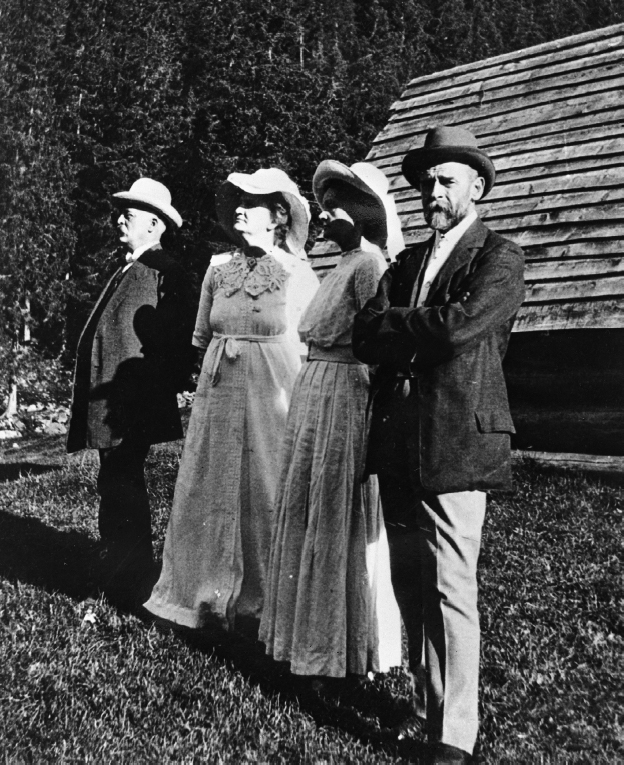
Marie stayed close to her siblings all her life and saw them as often as time allowed, as on this occasion with Kazimir and Bronya Dluski (left) and her brother, Józef Sklodowski.
Musée Curie (coll. ACJC)
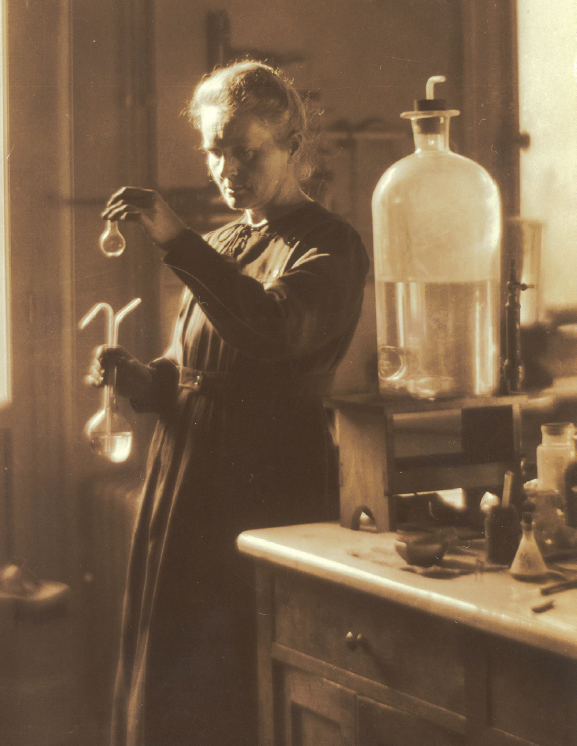
Mme. Curie often stood alone—in her determination to study science, in her early grief as a widow, in the distinctions she won as a woman in a man’s world. She often stood alone in the literal sense as well, staying late at her lab to continue an experiment long after colleagues and students had gone home.
Photo Wyndham Edr. Musée Curie (coll. ACJC)
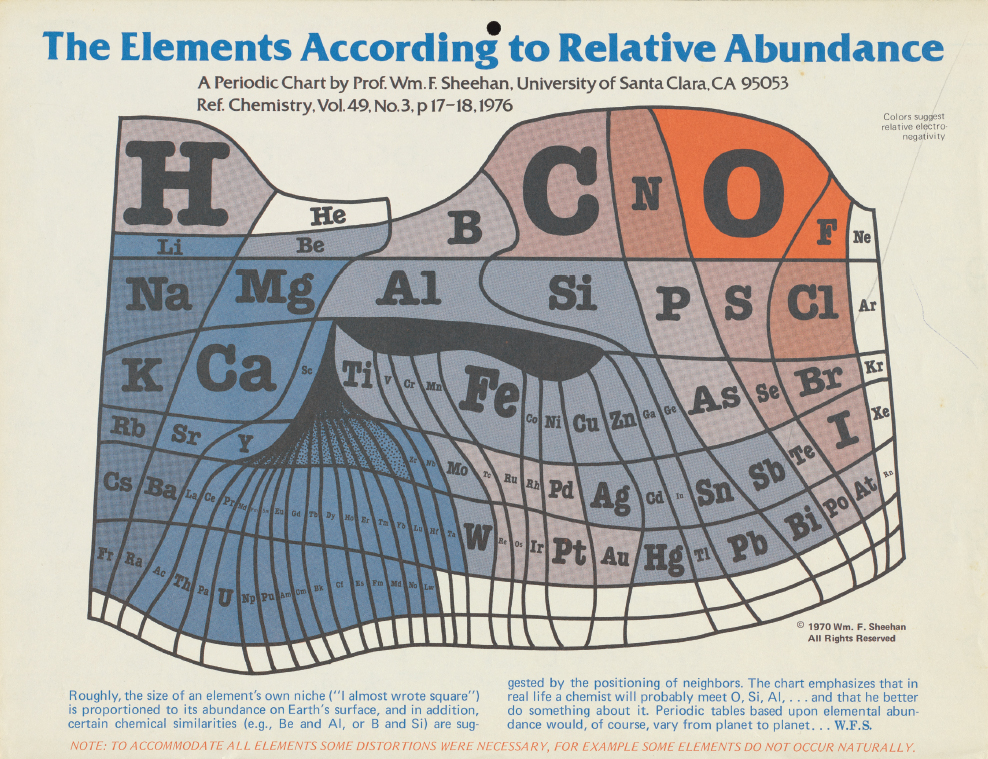
Physical chemist William F. Sheehan (1926-2008) reconfigured the periodic table to emphasize the elements’ relative abundances on Earth.
Courtesy of Science History Institute

This periodic table is color-coded to indicate the cosmic origins of the elements.
Wikimedia Commons via NASA